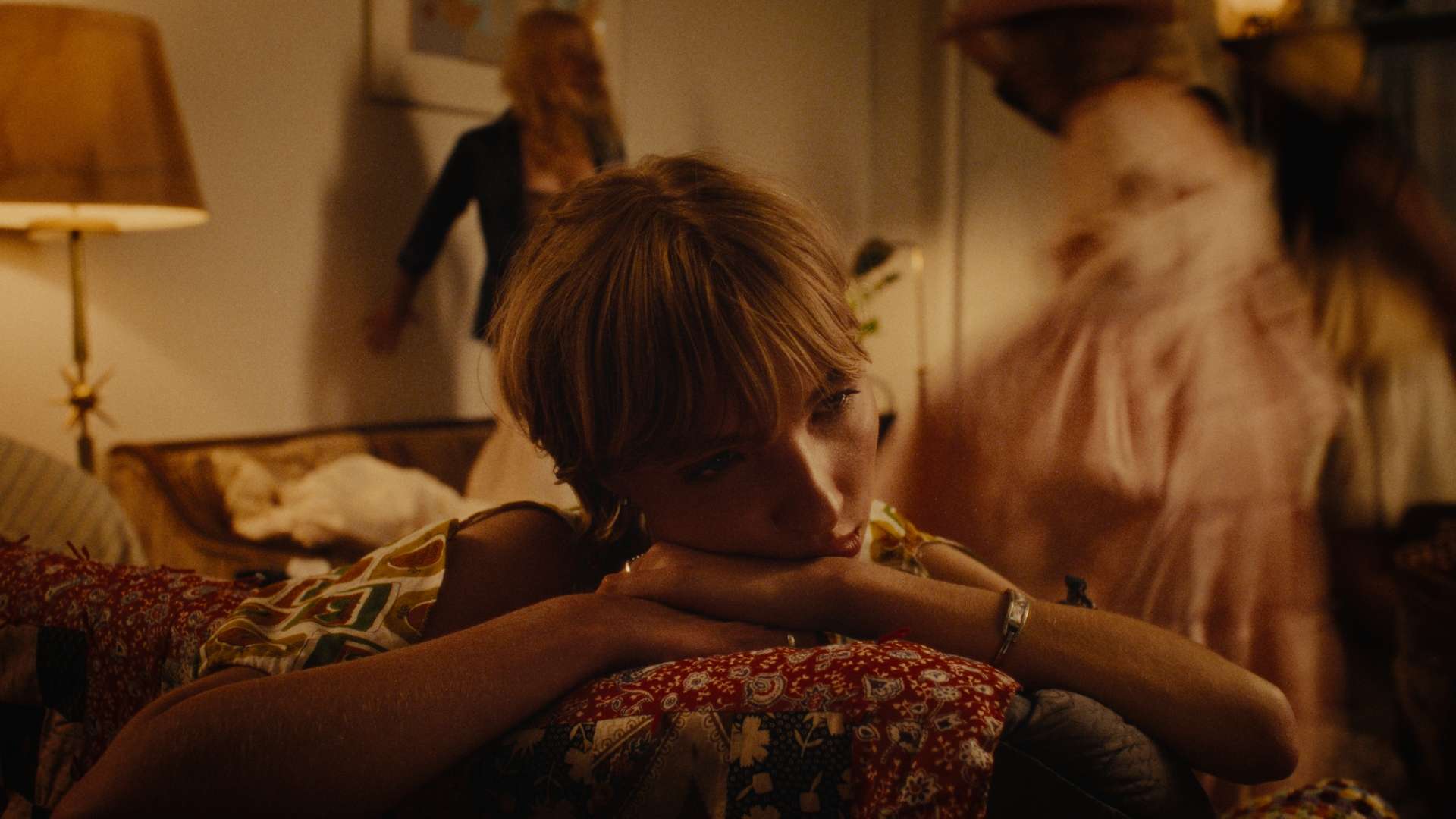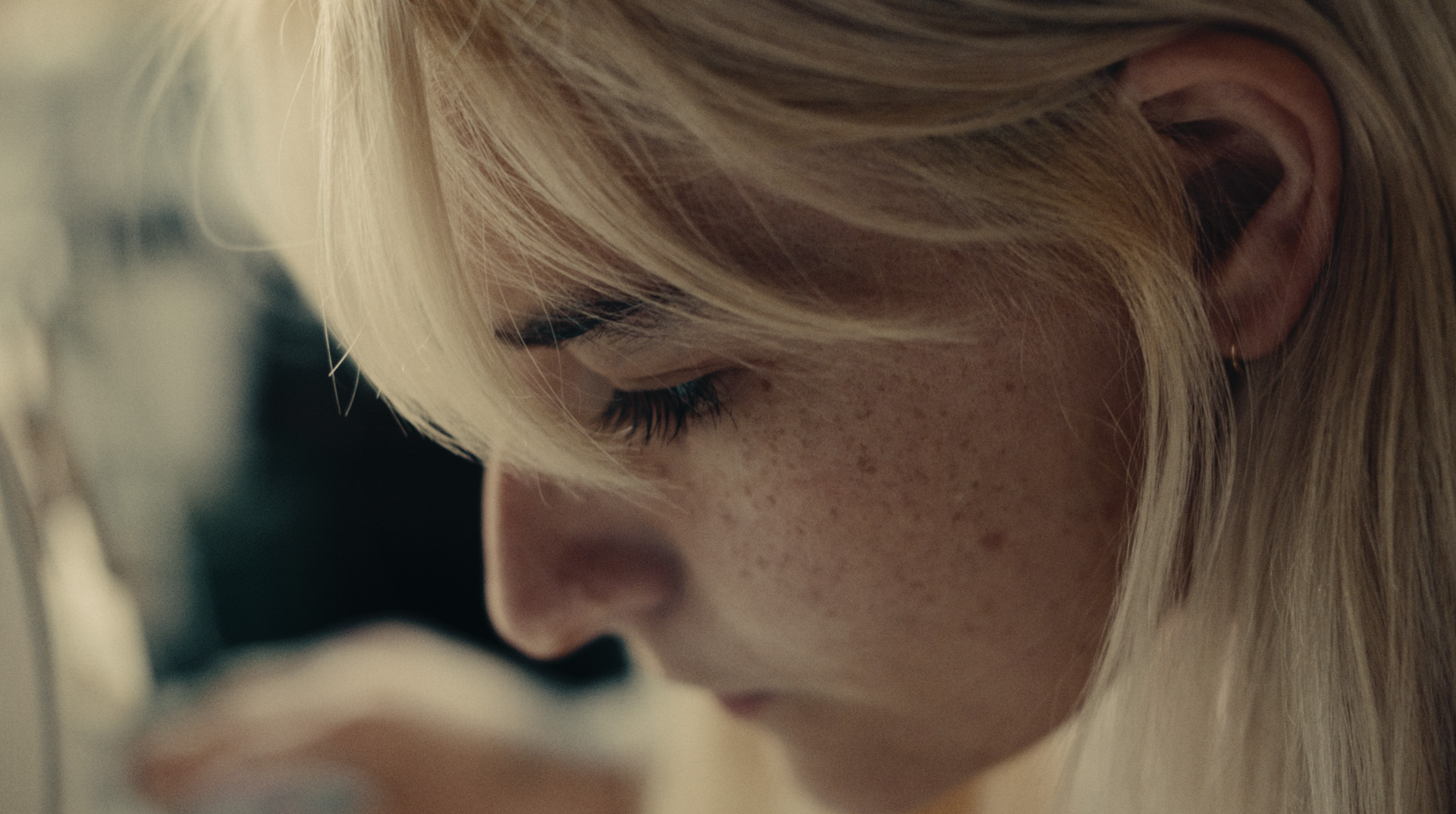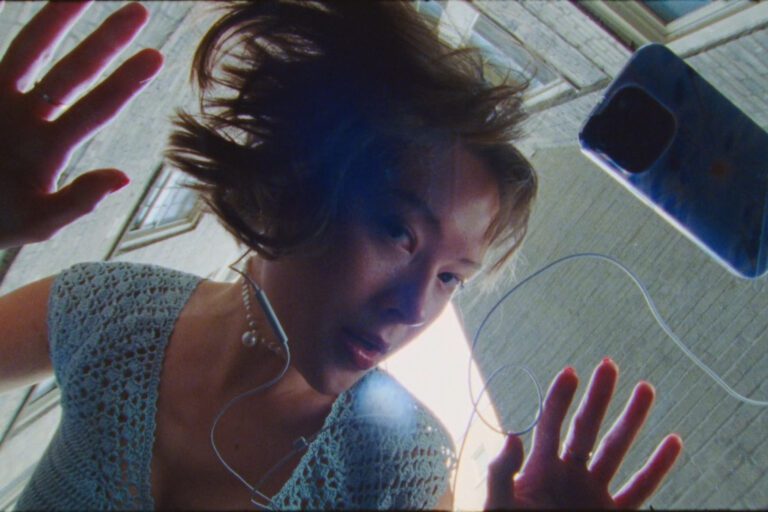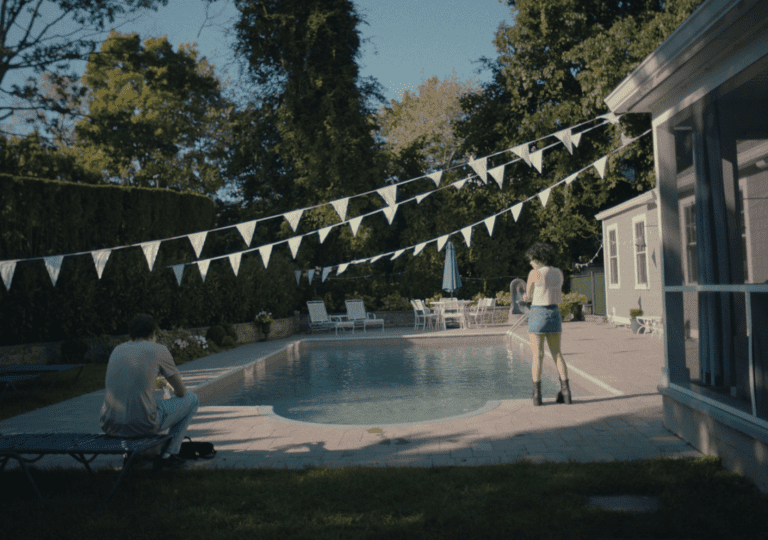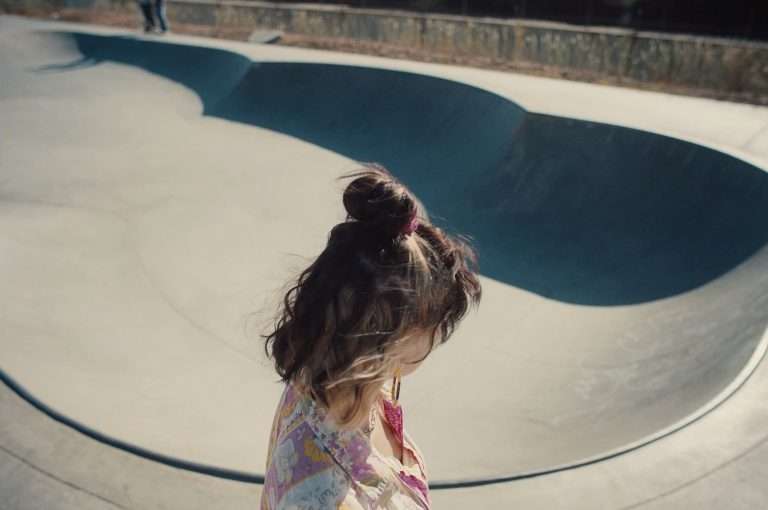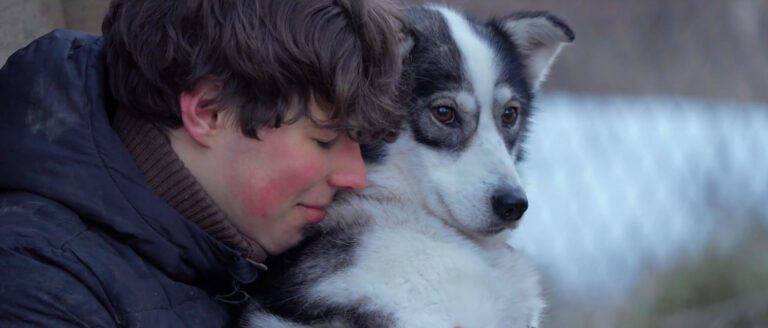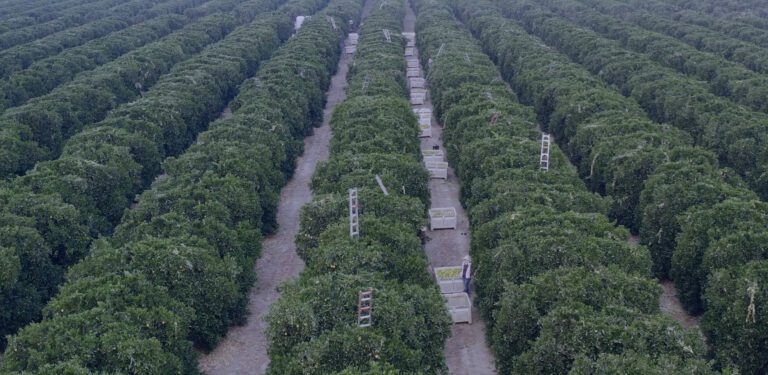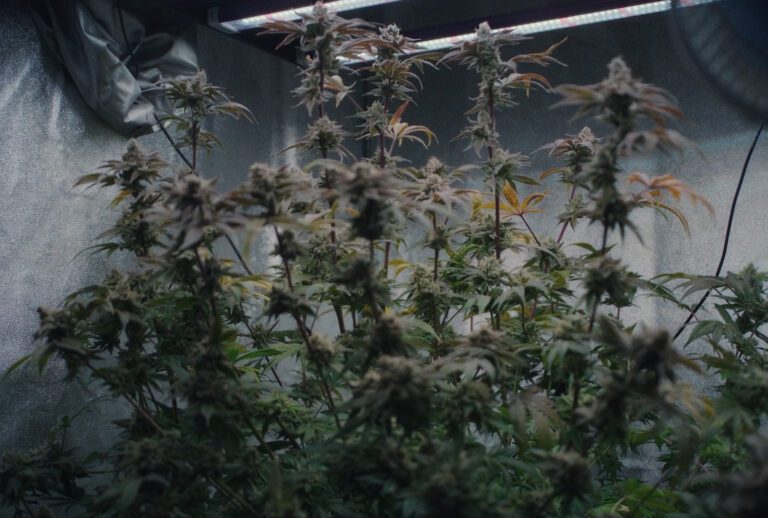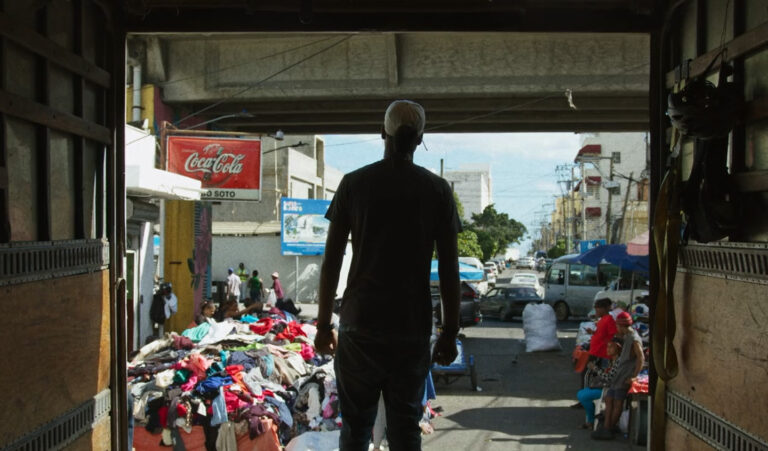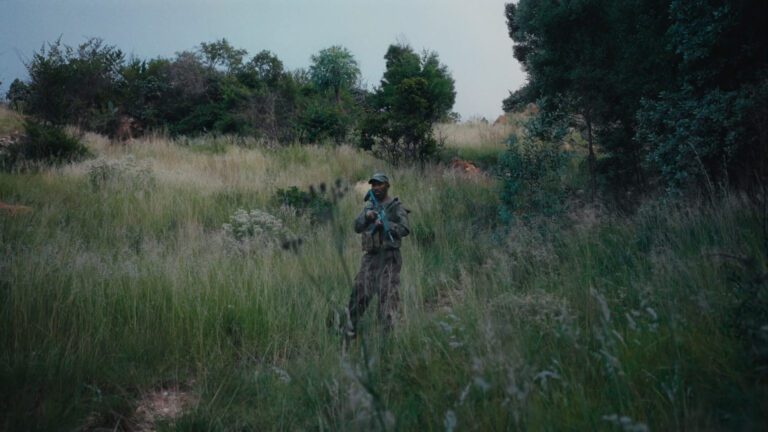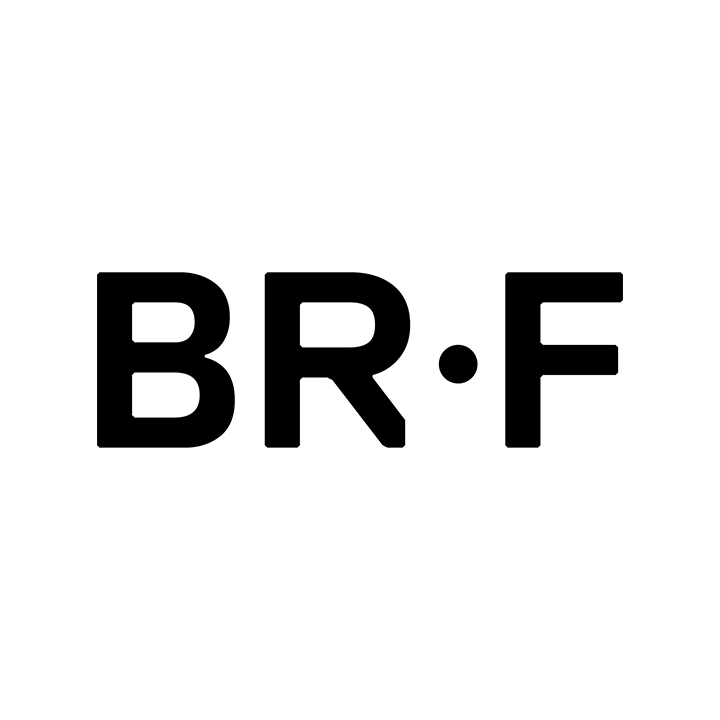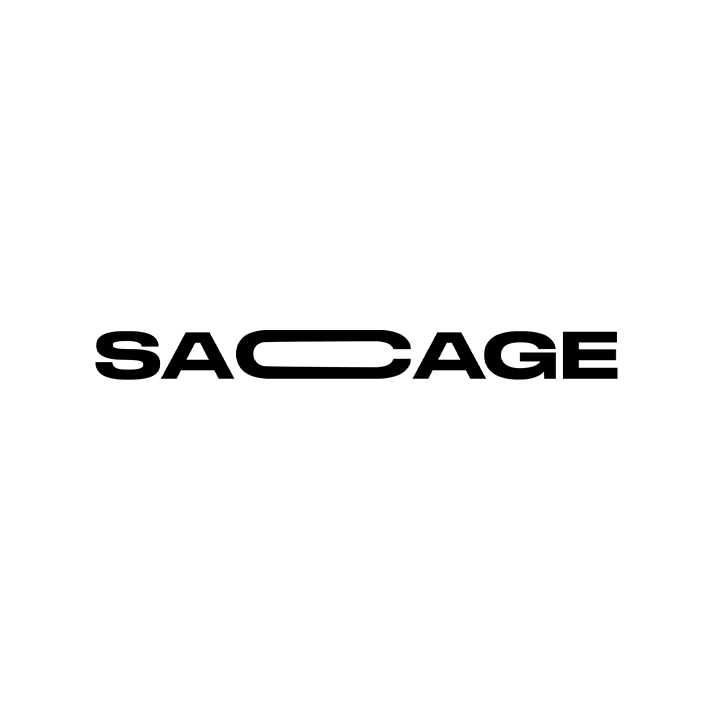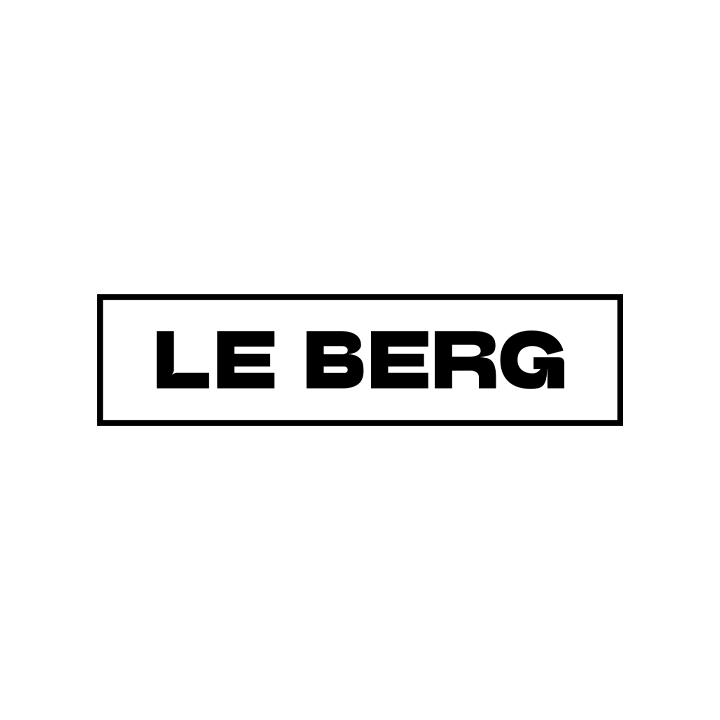Suggested Terms
Director
Location
Format
Festival
Agency
Production Company
Record Label
Award
Country
- United States
Production Company
-
rubbertape
October 2023
Julia Kupiec & Nina Gofur direct ‘Liv: In Process’. Liv, a 23-year-old NYC-based fashion designer, explores her creative process and ongoing relationship with self-questioning and self-invention. Filmed in Brooklyn, New York.
Country
- United States
Production Company
-
rubbertape
Credits
-
Director
-
Director
-
Executive Producer
Owen LazurJeremy Truong
-
Producer
Jonas Berry
-
Director of Photography
Ace Buckley →
-
Editor
Julia Kupiec →
-
Production Company
rubbertape
